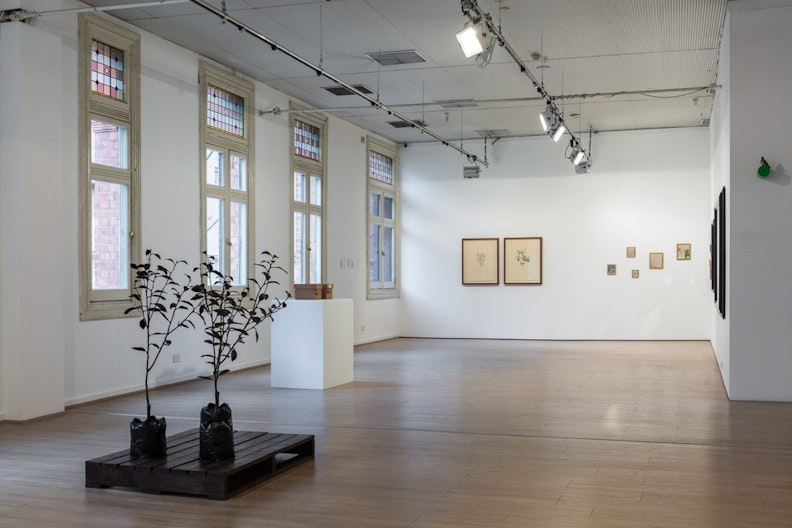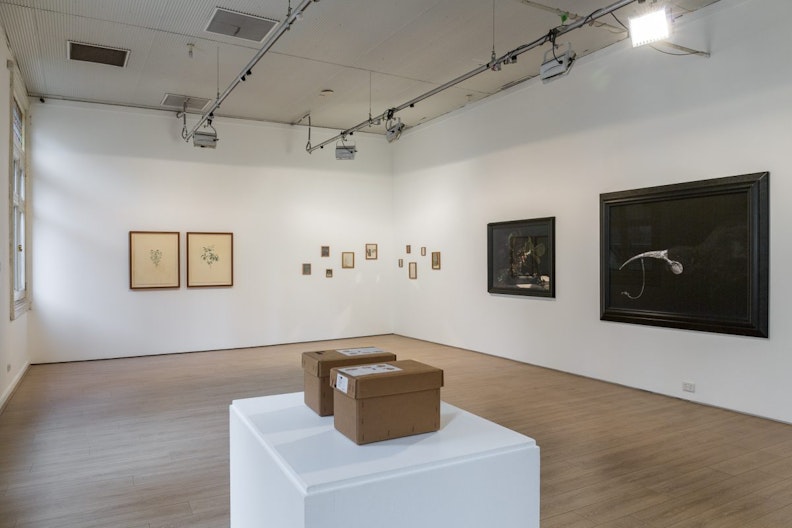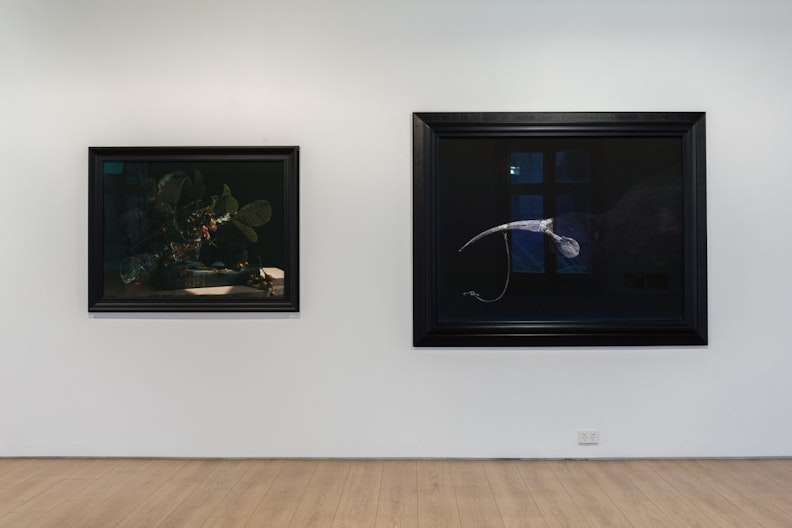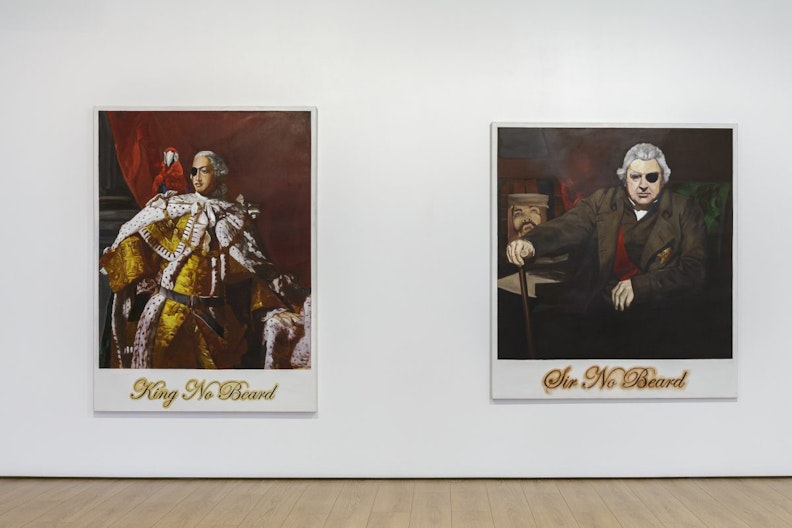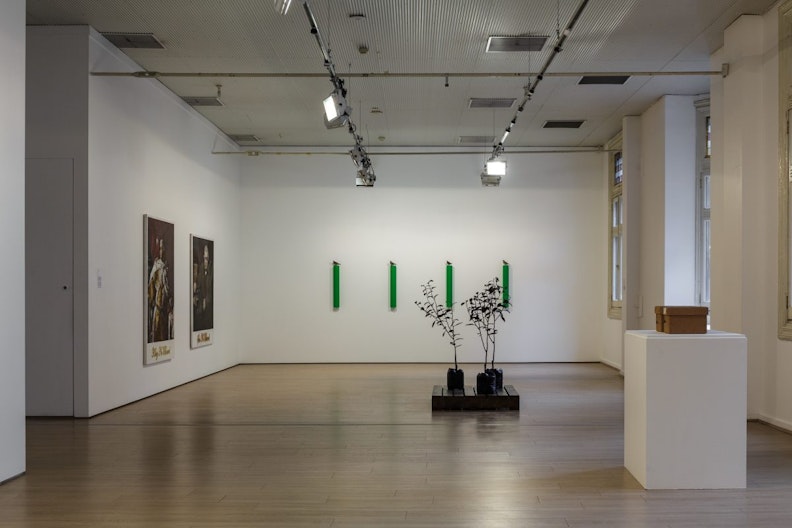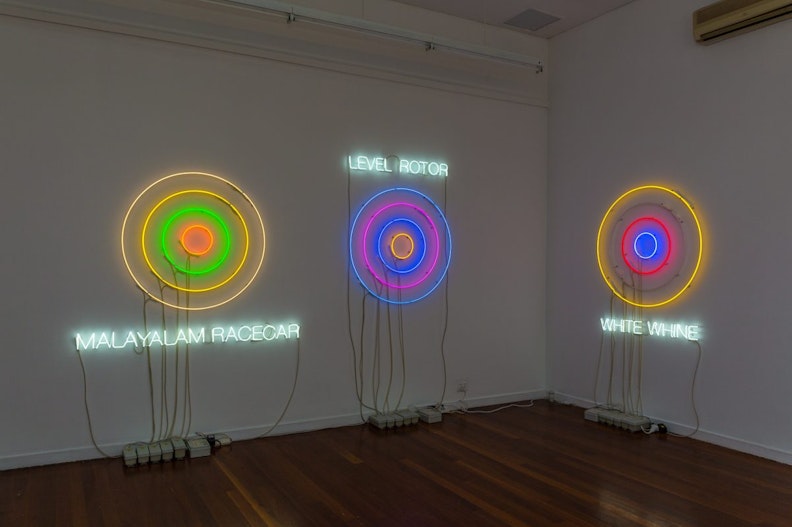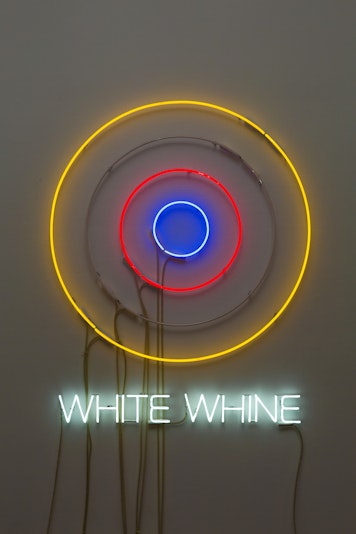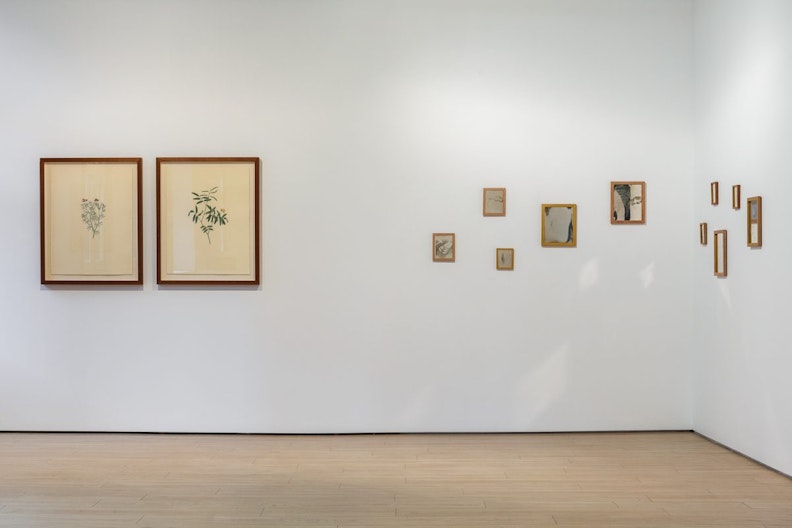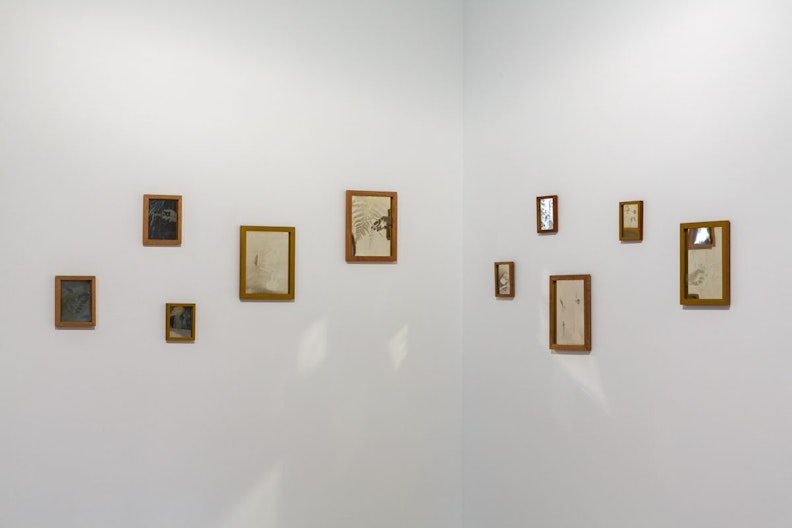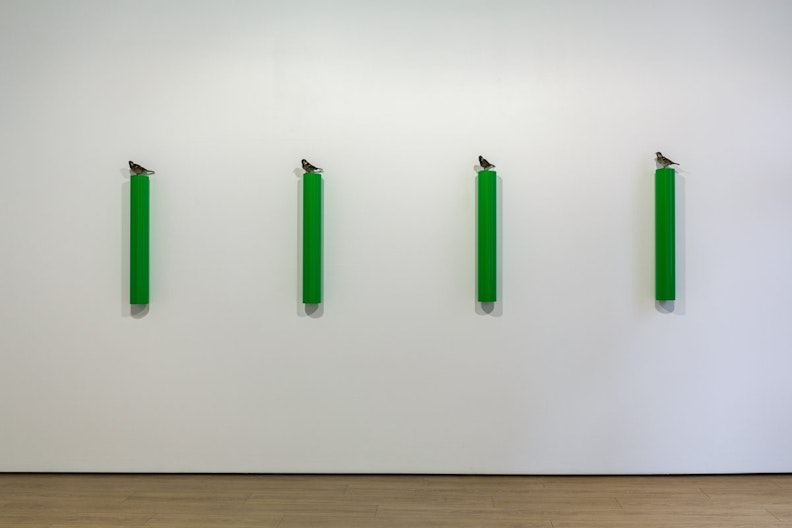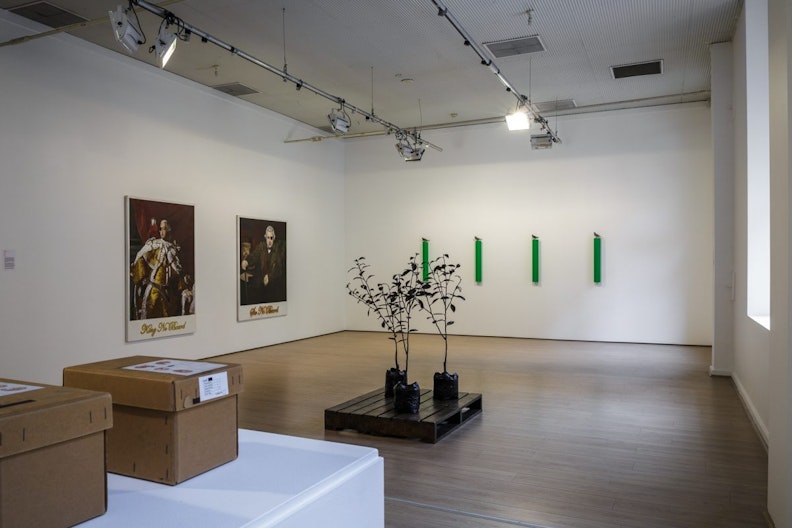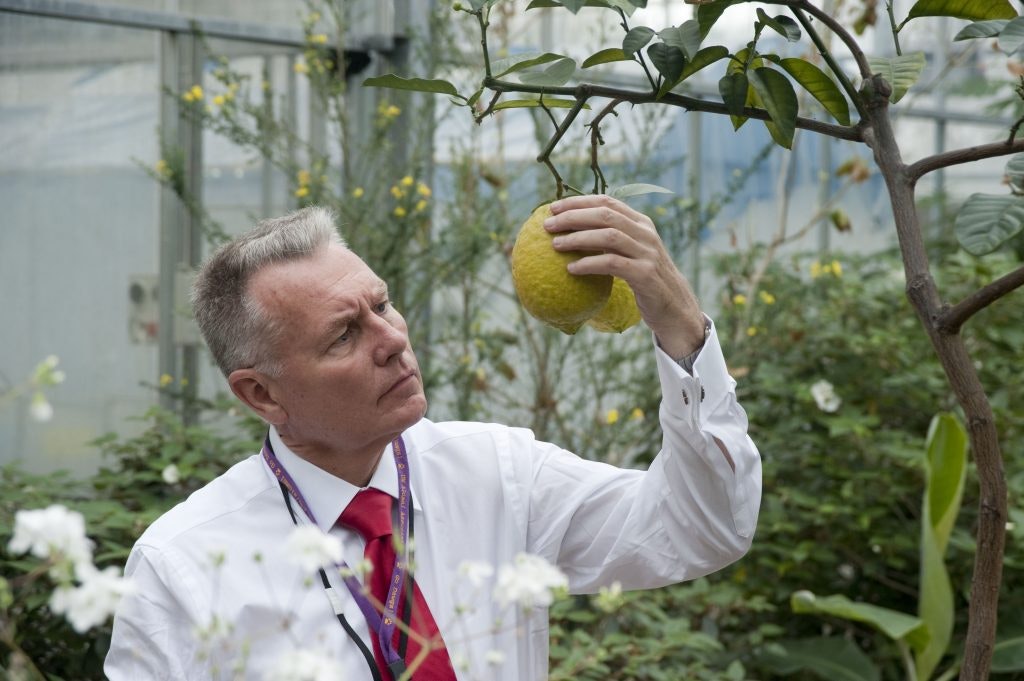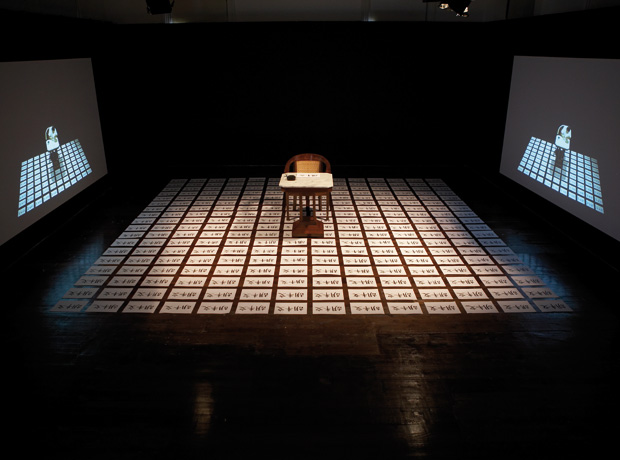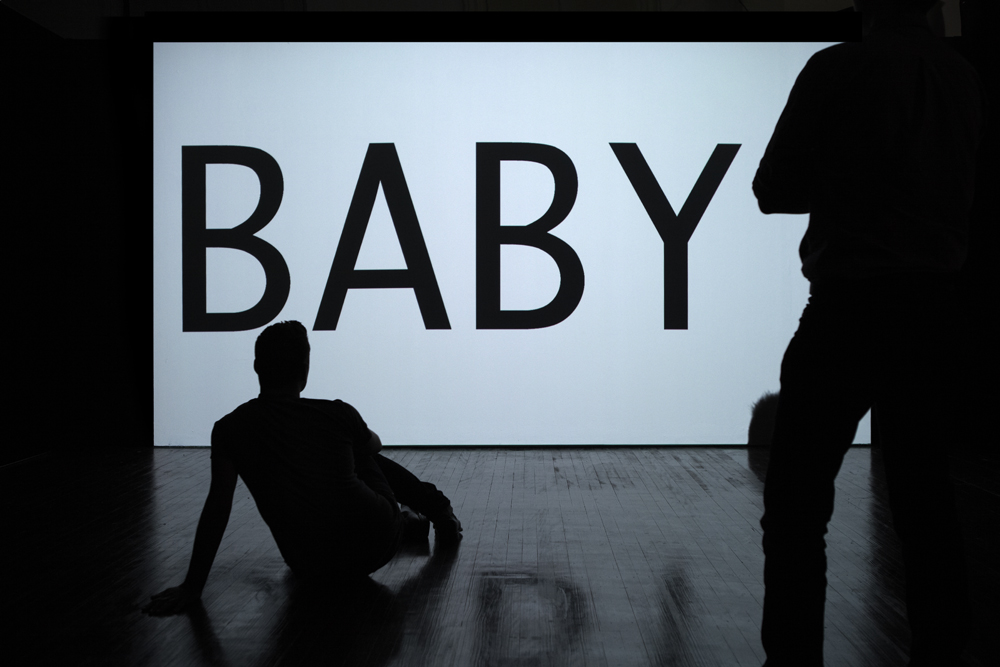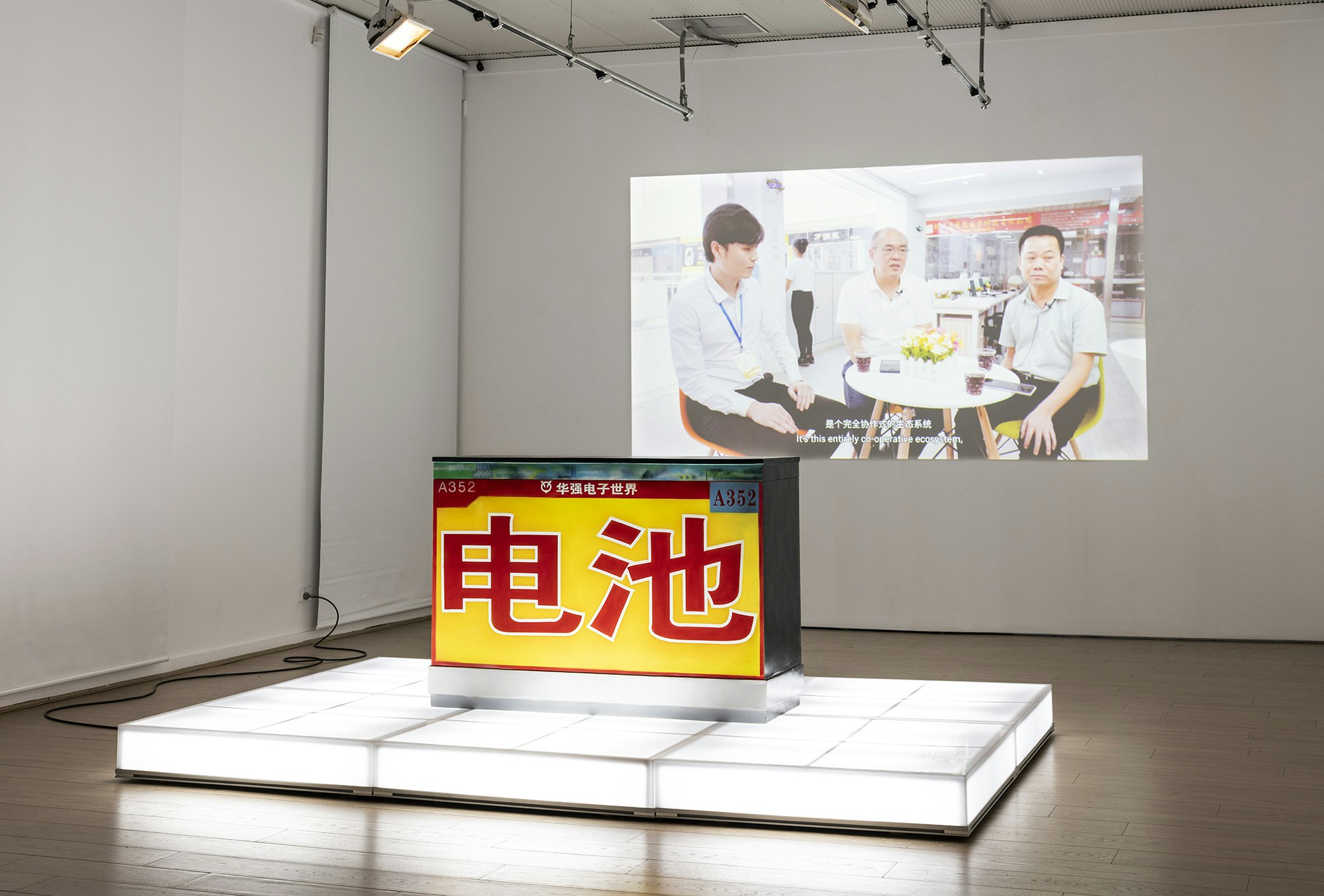Not Niwe, Not Nieuw, Not Neu
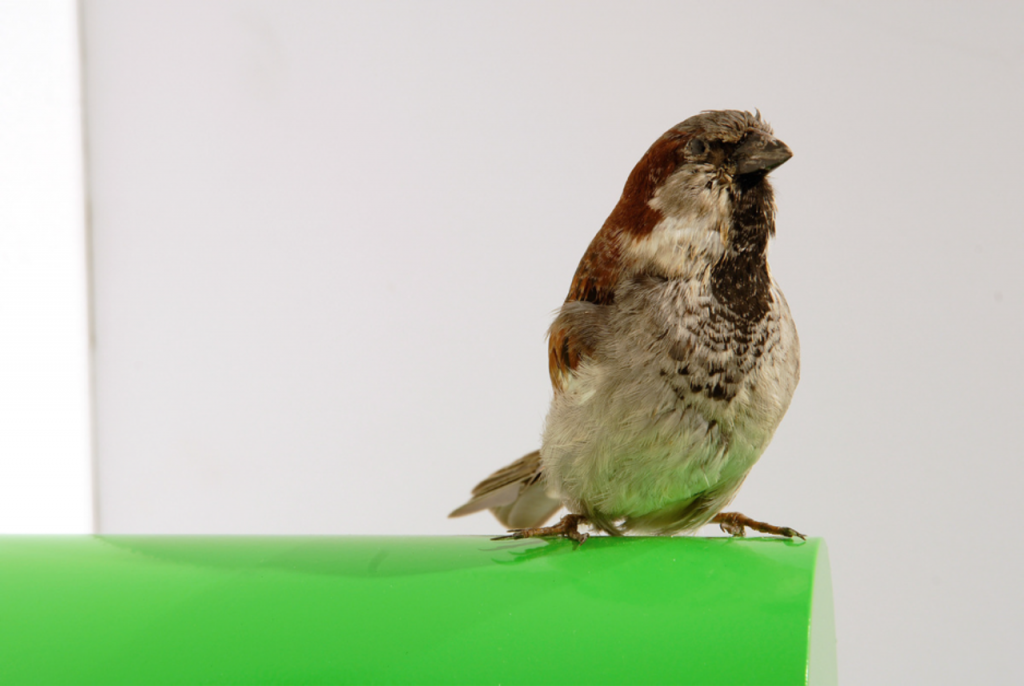
When
27 October 2017 -
10 December 2017
Location
4A Centre for Contemporary Asian Art
181-187 Hay St, Haymarket
Exhibition opening:
Thursday 26 October 2017
6–8pm
Public program:
Saturday 11 November
11am–12:30pm
4A Centre for Contemporary Asian Art.
Join botanist David Mabberley and exhibition curator Micheal Do as they delve into the world of botanicals and art over breakfast in the heart of bustling Chinatown.
Places limited, $20 includes special tour and breakfast.
Please Explain – The artist and flower: Responding to Banks and Botanicals
Wednesday 15 November
6–8pm
4A Centre for Contemporary Asian Art
Join exhibition artist James Tylor and expert historians and botanists in a discussion of the work of Sir Joseph Banks and how artists are working to respond with and against this colonial science, history and legacy.
Free.
Not Niwe, Not Nieuw, Not Neu examines how artists disturb the past by reframing and reworking the mythologies of nationhood. Focusing on the legacies of British imperialism in the South Pacific, the works presented in this exhibition offer a counterpoint to historical narratives that have emerged within colonial modes of scientific categorisation.
The voyage of the HMS Endeavour from 1768–1771, led by the then little known Lieutenant James Cook with botanist Joseph Banks, collected a staggering quantity of plant life from across the Asia Pacific – approximately 30,000 specimens from Australia and New Zealand alone, representing over 3,000 species, of which 1,400 were wholly new to science.
The scale of this taxonomy, the science of naming and defining plant and animal life was, for these pioneers, without precedent and in many cases they created unstable, even flawed, systems of vocabulary, hierarchies and methods to describe this ‘new world’.
Many of these instances outlast them to this day, for example, Cook named the ‘Kangaroo’ phonetically after ‘gangurru’, the term used by Aboriginal people on the North-East coast for local, large, grey marsupials. Had Cook realised the plurality of Aboriginal language and that this word was foreign to most Indigenous people in Australia, the outcome could have been very different. Nevertheless, examples like this set the template for generations of legends and myths.
The Not Niwe, Not Nieuw, Not Neu draws upon these conflicting (and occasionally confounding) myths. By investigating and subverting colonial prejudices inherent in the formulation of language and conceptions of nature, the artists provide new frameworks and connections, enabling us to recognise the world anew.
A selection of archival and recent works from artists Sir Joseph Banks (United Kingdom), Daniel Boyd (Australia), Newell Harry (Australia), Fiona Pardington (New Zealand), Michael Parekowhai (New Zealand) and James Tylor (Australia) is brought together for this exhibition – inclusive of a series of Banks’ copperplate etchings of Australian botanical illustration rarely seen in a contemporary exhibition context. This exhibition continues 4A’s series of exhibition projects that examine the shared histories and ties between Australia and our Asia-Pacific neighbours.
Curators
Events
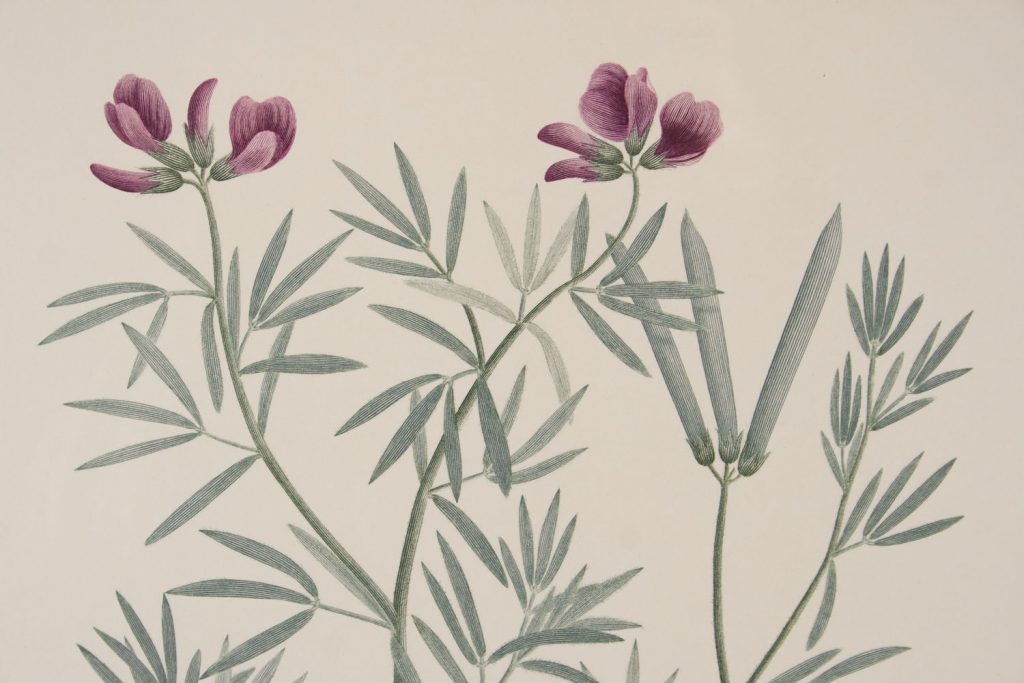
Please Explain: The artist and flower: Responding to Banks and Botanicals
Please Explain
Wednesday, 15 November 2017, 7:00am
More infoTop image: Michael Parekowhai, Robert Hayden, 2004, sparrow, two pot paint and aluminium. Image courtesy the artist and Roslyn Oxley9 Gallery, Sydney and Michael Lett Gallery, Auckland.
All images by Document Photography
